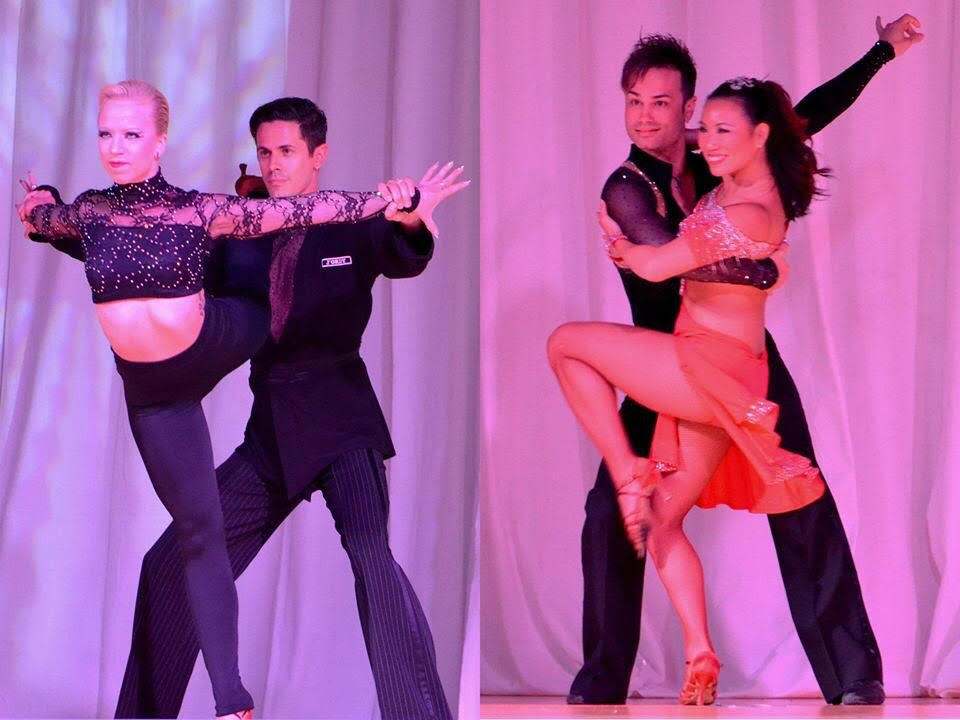The Dangers of ‘Repetitive Dance Action’

So, you’re practicing that move for the upcoming performance – you know, the one you really want to nail down and look effortless. Over and over, you go through the same motions, until a sudden sharp pain brings an early end to your practice. Limping home, you pray you haven’t damaged anything serious.
What happened? Our bodies are designed to absorb a great deal of stress and abuse it’s true, but like a mechanical watch, eventually the working parts start breaking down. Unlike a watch, we can heal minor damage that accumulates in our body, but only if that part is allowed to rest.
Practice Different, Practice Smart
Traditionally, many of us were trained to focus on a specific skill and ‘drill it’ until it’s perfected. ‘Don’t practice until you get it right, practice until you can’t get it wrong’ is a popular saying. While you can improve quickly doing this, you also quickly wear down your body – just like those gears in a watch.
Over time and as we get older, our muscles develop small abrasions, called ‘micro-tears’ from repetitive use. These can gradually weaken a muscle until a larger tear occurs, causing real damage. To avoid this, we must find ways to switch between different muscles during our practice, so no one group gets overworked.
Diversify Your Practice
Taking care of your muscles is like taking care of farm soil. If the same type of crop is grown year after year, all the nutrients that crop uses would rapidly deplete in the soil, causing the crop to do badly. By rotating crops, different nutrients are used up, and depleted nutrients have time to recover.
Likewise, we should practice multiple techniques that use very different muscles, spending a few minutes on each one. Not only will this keep you well-rounded, it’s far more sustainable for your body, allowing you to do more, for longer.
Cross-training
An even better solution that many athletes use to avoid injury is to learn a second sport that works similar or supporting muscles – like a basketball player learning soccer, for example. This moves them indirectly towards their goals, while keeping their bodies healthy and balanced.
As a dancer, you might take up skating for the agility, jogging for endurance, or even snowboarding to improve balance and stability. Consider consulting with a coach to get some recommendations. It might not be the fastest way to greatness, but it will keep you dancing when most others have gone home to nurse injuries.
About the Author
Ian Crewe has been dancing ballroom for over 18 years, and has a Licentiate in American smooth and rhythm. His passion for dance eventually led him to blogging and the World Wide Web. Ian currently teaches at the Joy of Dance Centre, Toronto, ON, Canada.

